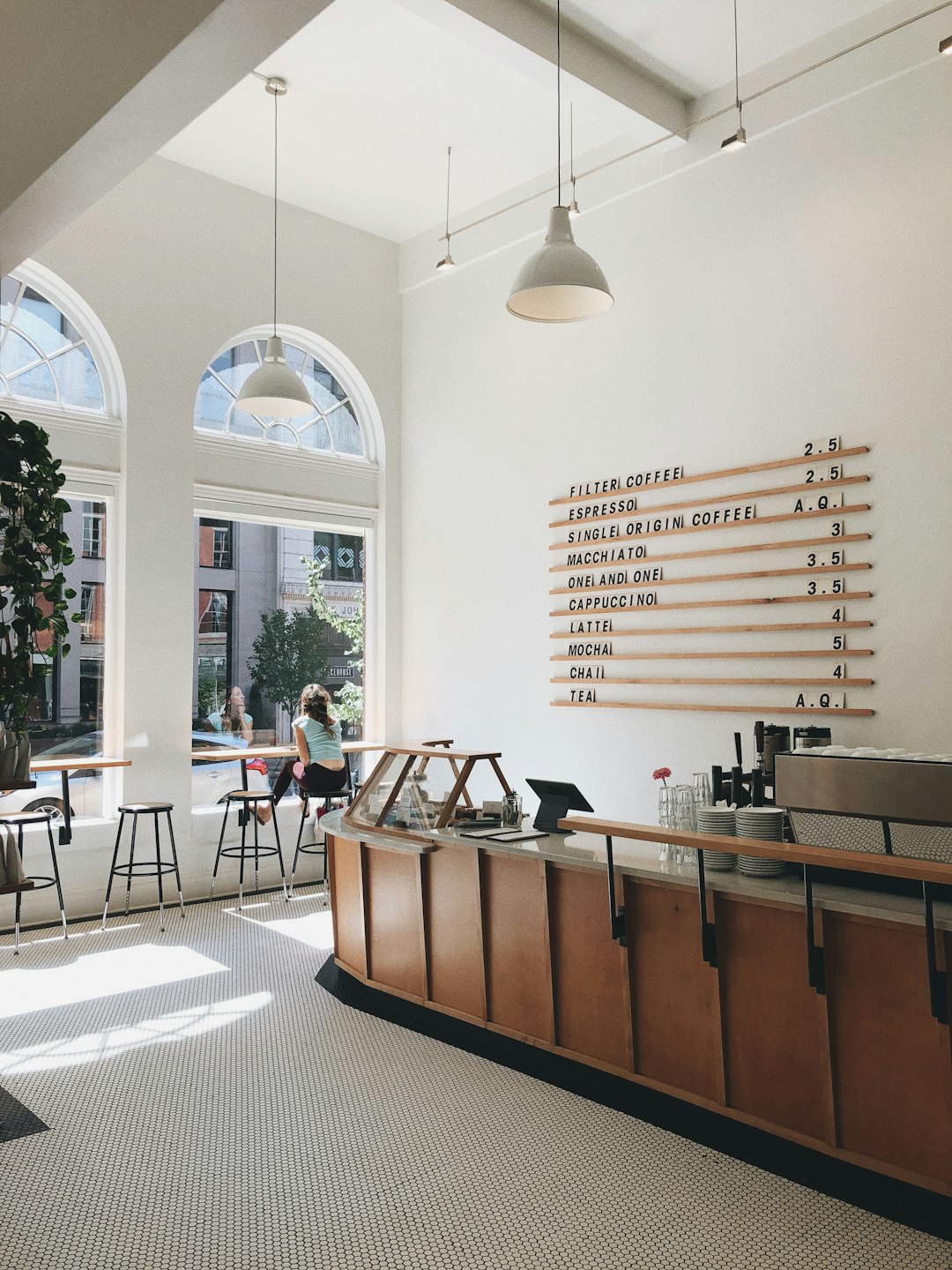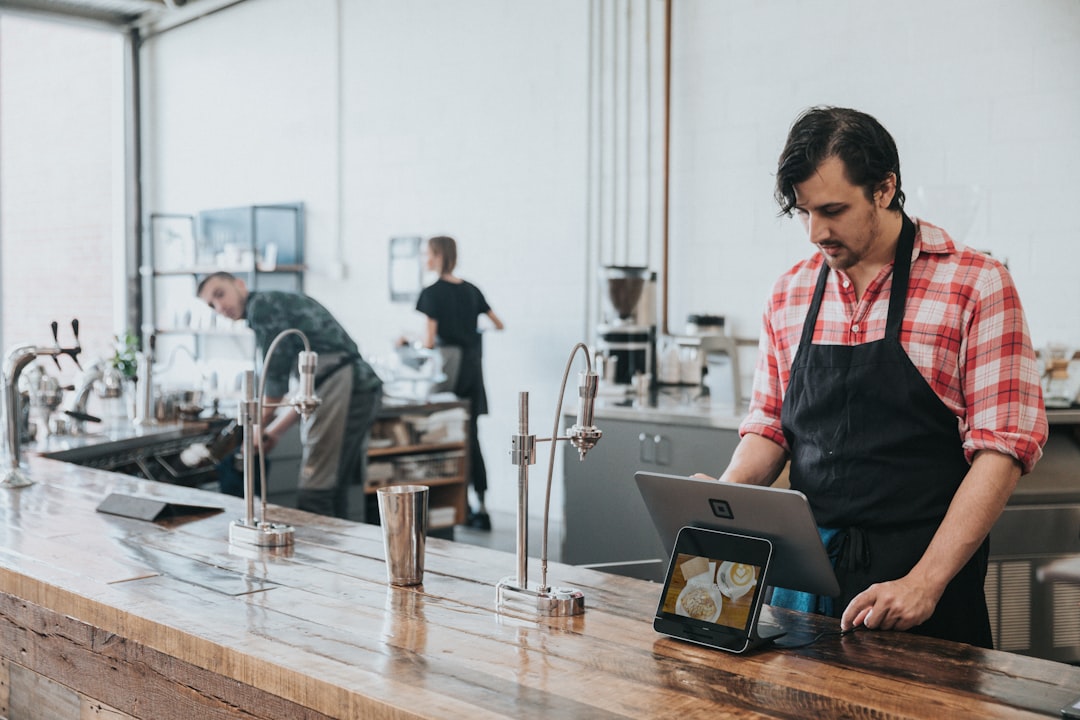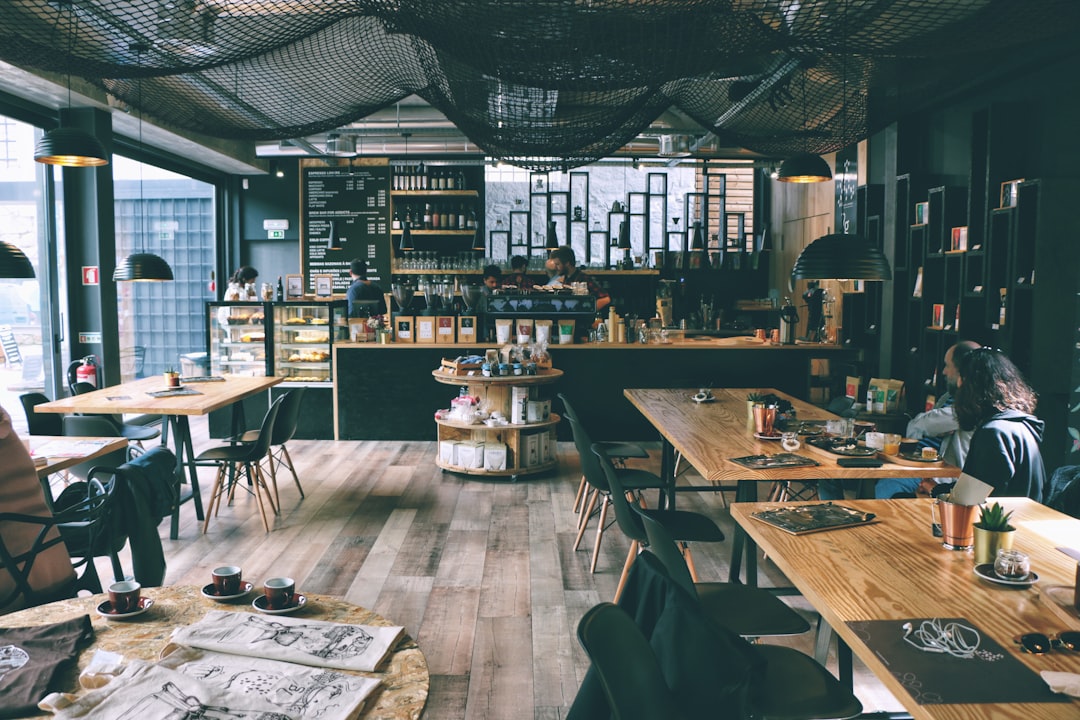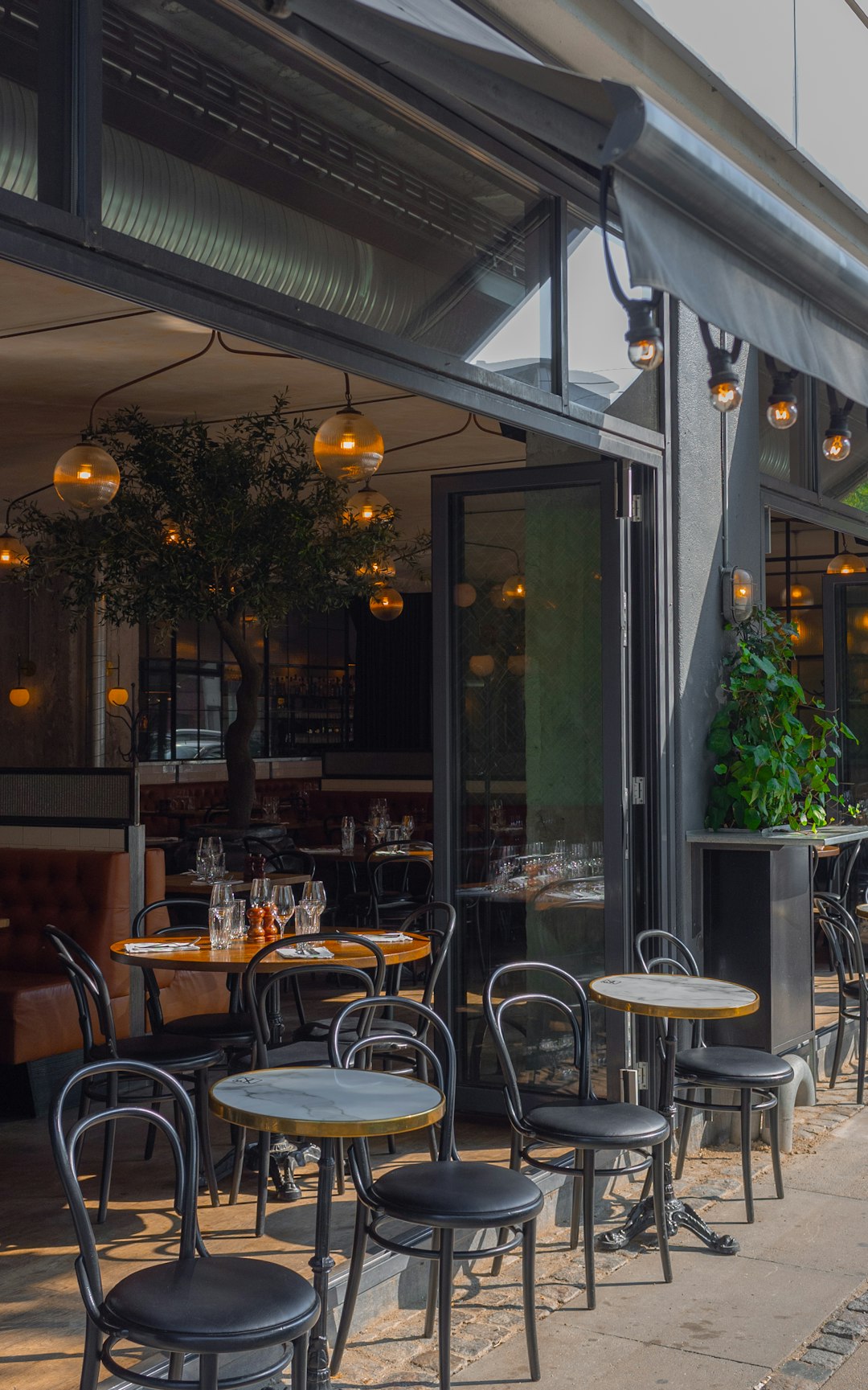Cafe pricing strategies are influenced by ingredient costs, labor expenses, rent, and consumer trends, with location playing a significant role. Urban cafes charge premium prices due to high living costs, while suburban or rural areas offer more affordable options. Keeping up with seasonal changes, health demands, and shifting tastes is crucial. Assessing Cost of Goods Sold (COGS) helps cafe owners set transparent and profitable prices, identifying high-margin items and ensuring fair value for customers in a competitive market.
“In the competitive world of cafes, understanding pricing isn’t just about cost-cutting; it’s a strategic move to foster customer loyalty. This article guides you through the essential elements of cafe pricing and value assessment. We explore key factors such as market trends, COGS analysis, and labor costs, offering insights into how these influence menu prices. Additionally, we delve into customer perception, highlighting the importance of qualitative feedback and competitor strategies. Learn how to set competitive, profitable prices that not only attract patrons but also ensure long-term success in the cafe industry.”
- Understanding Cafe Pricing Factors
- – Market trends and location impact
- – Cost of goods sold (COGS) analysis
Understanding Cafe Pricing Factors

When assessing a cafe’s pricing, it’s crucial to understand that several factors come into play. These include the cost of ingredients, labor expenses, rent and overhead costs, as well as the overall market conditions in the area. Each ingredient, from coffee beans to pastries, has a price tag, and cafes must factor in the quality and freshness of these items to set competitive prices.
Additionally, labor costs can significantly impact cafe pricing, as they include wages for baristas, waitstaff, and kitchen personnel. The level of training and expertise required for these roles can also influence wage rates. Rent and overhead expenses, such as utilities and insurance, are another critical component, as higher-priced real estate in vibrant areas often leads to higher menu prices.
– Market trends and location impact
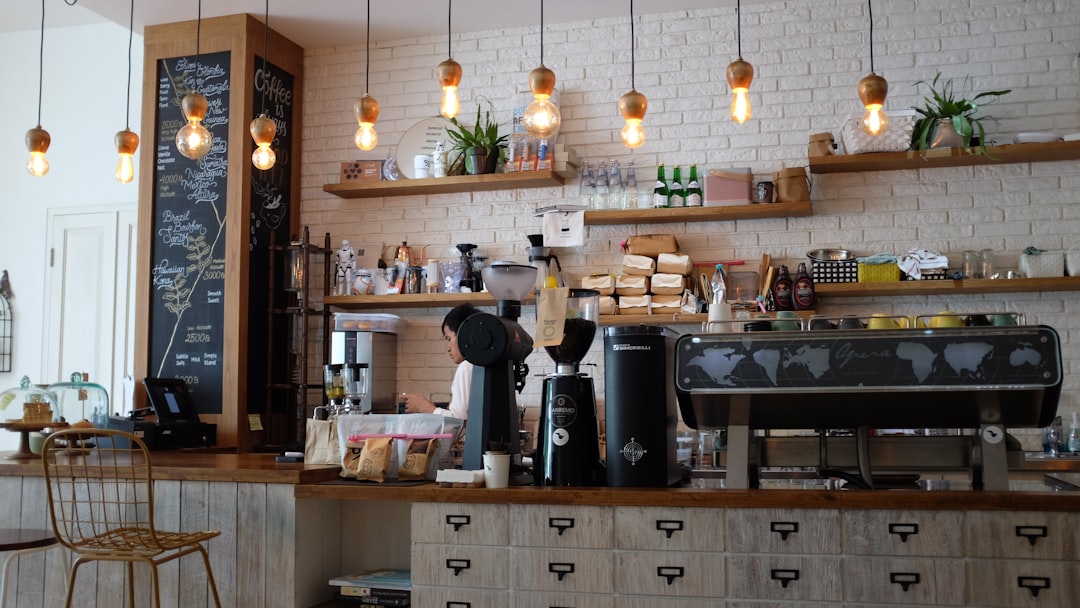
In the competitive cafe landscape, understanding market trends and the influence of location is paramount for pricing strategies. Consumer preferences vary across regions, driven by local economic conditions and cultural factors. For instance, urban areas with a high cost of living might see cafes charging premium prices for their offerings, while suburban or rural locations may offer more affordable options to attract a broader customer base. Keeping an eye on industry trends is also key; seasonal fluctuations, new health-focused demands, and changing consumer tastes can all impact pricing.
Cafes in popular tourist destinations or bustling commercial districts often reflect these dynamic factors, incorporating premium prices into their business models to cater to a discerning market. Conversely, establishments in quieter neighborhoods or areas with a mix of residential and commercial properties may adopt more competitive pricing strategies to encourage foot traffic and build a loyal customer following.
– Cost of goods sold (COGS) analysis
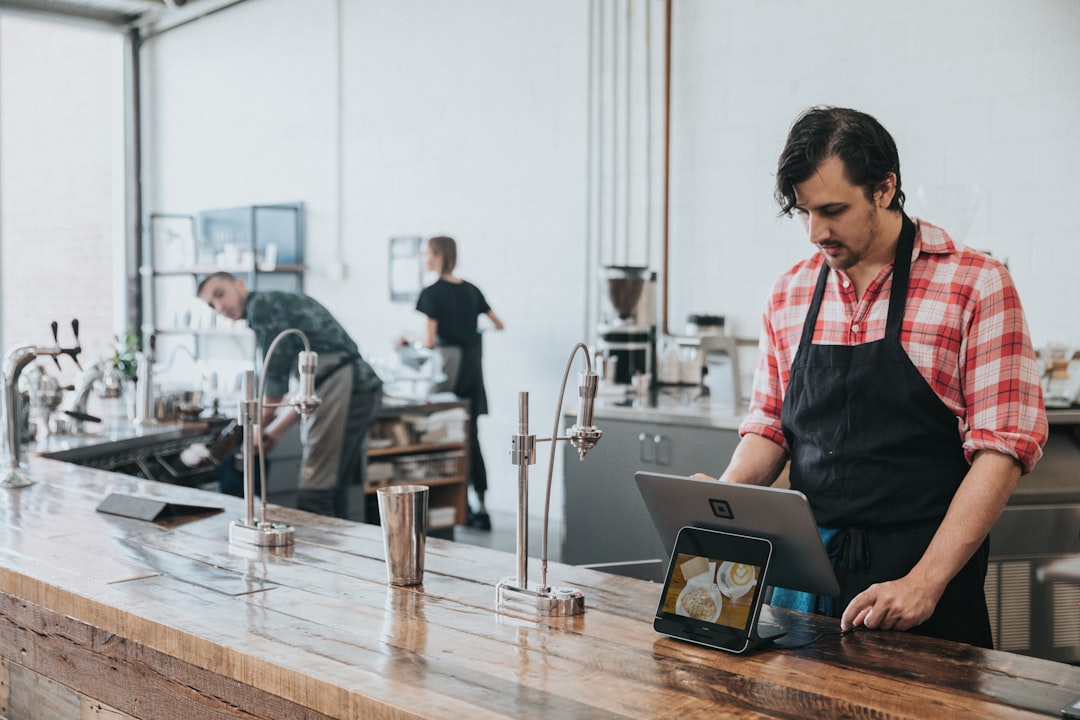
Assessing a cafe’s pricing strategy involves understanding its Cost of Goods Sold (COGS). COGS refers to the direct costs associated with preparing and serving food and beverages, including ingredients, labor for preparation, and overhead expenses related to storage and handling. By analyzing COGS, cafe owners can set prices that cover these costs effectively while ensuring profitability. This involves comparing the cost of each ingredient and drink against its selling price, identifying any significant discrepancies that might indicate overpricing or pricing strategies that don’t align with the actual value offered.
A thorough COGS analysis allows cafes to make informed decisions about menu pricing, promoting transparency and fairness in their business practices. It also helps them identify high-margin items that can contribute significantly to revenue, enabling them to adjust menus accordingly. In today’s competitive cafe landscape, understanding COGS is crucial for maintaining a sustainable business model and ensuring customers receive fair value for their money.
When assessing cafe pricing, it’s crucial to consider both market dynamics and cost structures. By analyzing factors like location, market trends, and the cost of goods sold, cafe owners can ensure their pricing strategies offer fair value to customers while maintaining profitability. This balanced approach is key to attracting and retaining a loyal customer base in a competitive industry.
